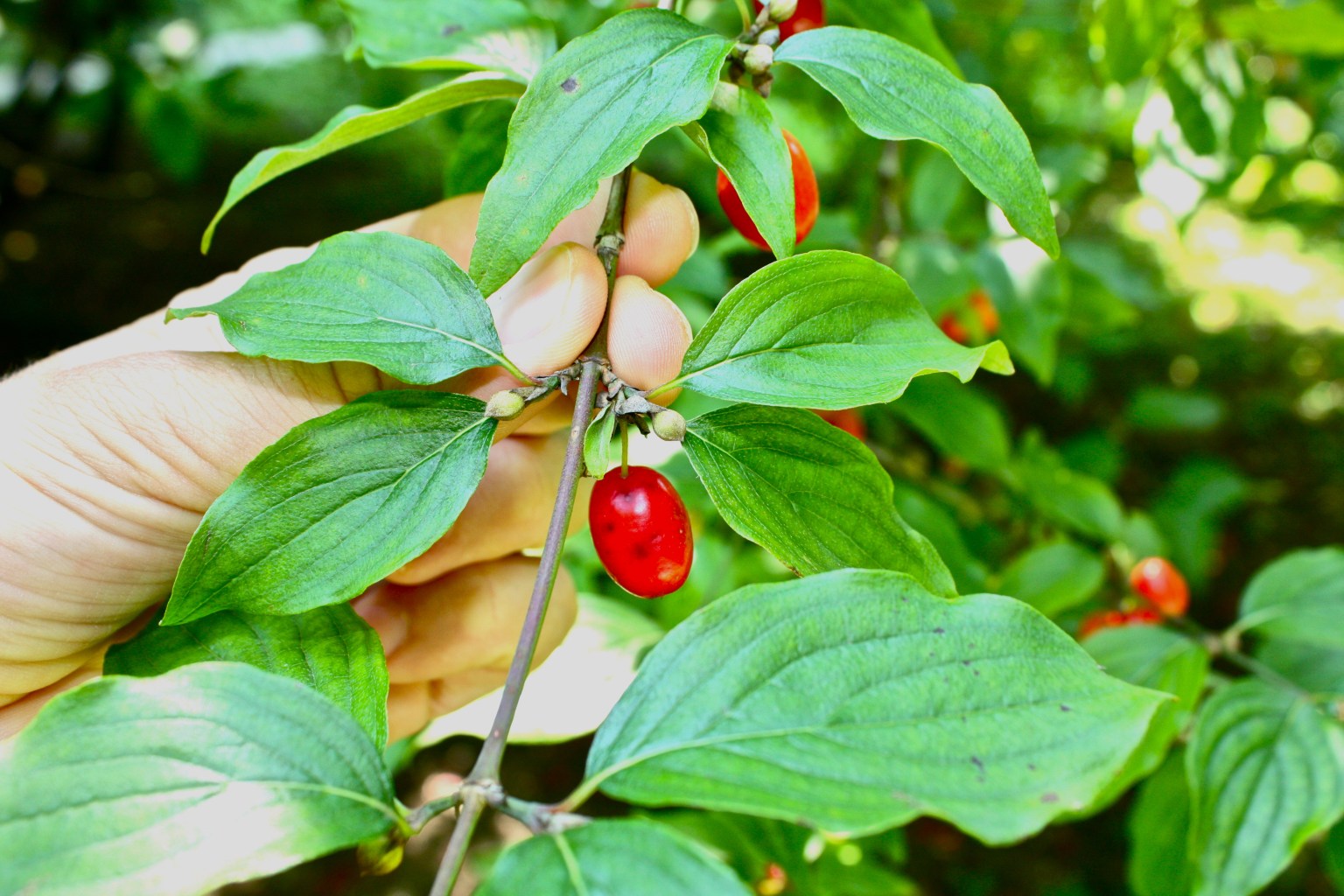BACKGROUND, ORIGIN AND DISTRIBUTION
Reseda alba flower in early spring, Kefalonia, Greece.
Native to Europe, Asia, and North Africa, Rseda alba can be found in parts of the Americas and Australia as an introduced species. It is also cultivated as an ornamental plant for its spikelike racemes of fragrant white flowers. This is an annual or perennial herb growing up to a meter tall.
In Kefalonia, Greece the plant grows wild from fall through winter, then flowering in early spring.
USES AND ETHNOBOTANY
White mignonette is a sought after species of horta (wild edible greens) in parts of Greece. The leaves are pinched off and simmered in water for 10 min often mixed with other horta, then strained. Lemon juice and olive oil and a pinch of salt are added. The dish is eaten hot or at room temperature. The young inflorescence shoot is also edible.
Reseda alba L. are considered to be healthy by being “good for the liver” and having blood-cleansing properties (Nebel et al. n.d.).
Reseda alba, edible leaf.
In the article Wild Gathered Food Plants in the European Mediterranean it is recorded that "The tops of the shoots are eaten raw seasoned with olive oil or after being cooked and then stir- fried with garlic and olive oil. In the literature, only two references to the use of R. alba as food were found. First, young leaves of R. alba were used as vegetable in Greece (Heldreich 1862) and, second, as salad by Greek farmers of the surroundings of Larnaca in Cyprus (Arnold Apostolides 1985)."
The article goes on... "both records are from regions of the Eastern Mediterranean, which were, in historic times, part of the Greek and Byzantine empires, as the Graecanic area in Southern Italy. For some plants from Greece (GR) and Gallicianò (I), cognates were detected, which suggests that they have been used as vegetables since pre- Roman times: “tsochos” (GR) and “zuccho” (I) for Sonchus asper L. & S. oleraceus L., or “andrakla” (GR) and “andrácla” (I) for Portulaca oleracea L. (see Table 2 and Nebel and Hein-rich n.d.)."
PROPAGATION AND CULTIVATION
I have only used this species when collected from the wild. It is used by some as a annual or perennial ornamental species, and seed can likely be obtained easily. On my land in Greece it tends to seed most aggressively in marginally fertile disrupted soils.
References: Wild Gathered Food Plants in the European Mediterranean: A Comparative Analysis.... Available from: https://www.researchgate.net/publication/226642826_Wild_Gathered_Food_Plants_in_the_European_Mediterranean_A_Comparative_Analysis [accessed Mar 29 2018].





